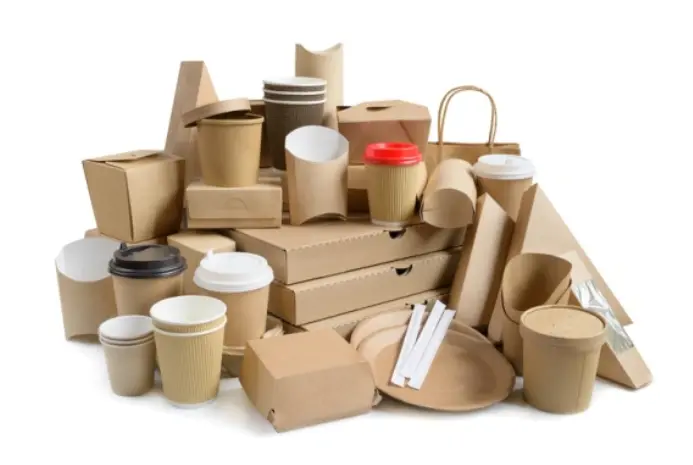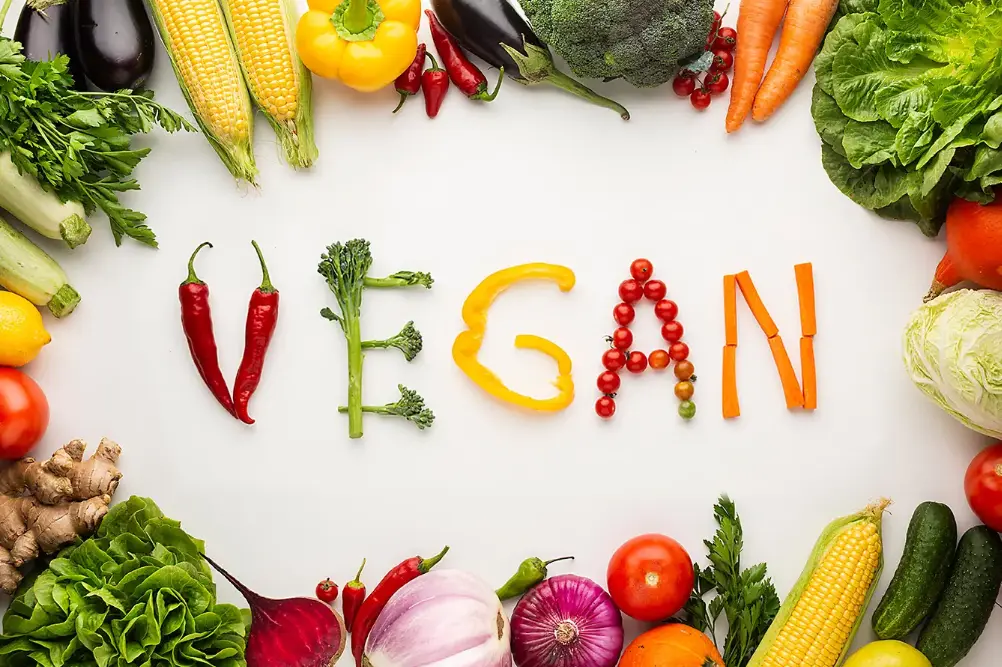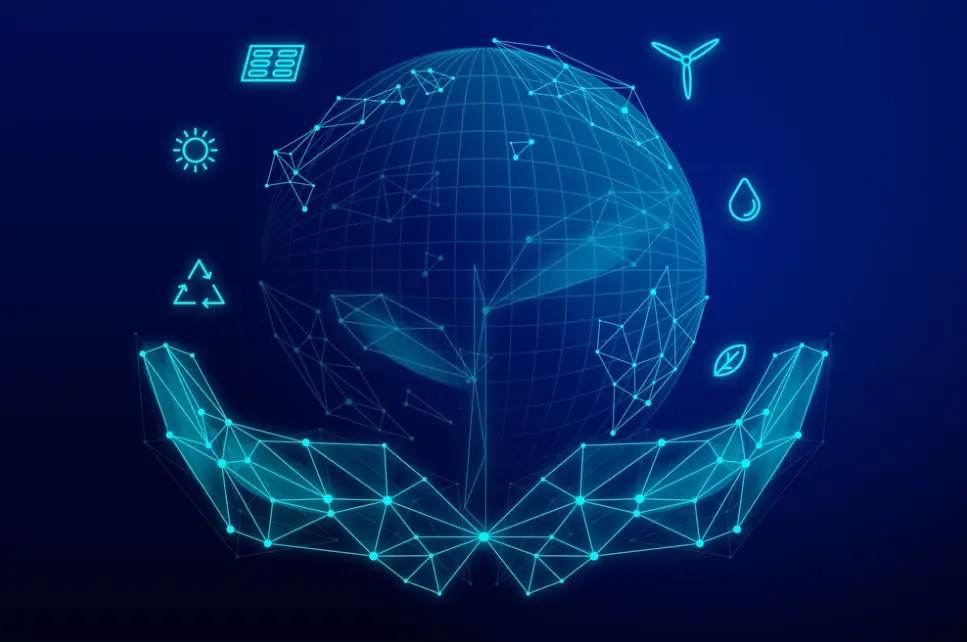Top 5 Packaging Trends to Look Out for in 2024

Evolution of the Packaging Industry:
Conventional plastic packaging materials are been steadily replaced by sustainable, eco-friendly packaging solutions as most of these packaging ends up in landfills. This not only causes environmental issues but also social consequences such as greenhouse gas emissions, resource depletion, soil and water contamination, as well as public health risks.
Businesses and companies involved in the packaging industry are focused on lowering these issues by investing in R&D activities and launching alternative packaging solutions that are better for the environment as well as public health.
Packaging plays a key across several industries and sectors, serving multiple functions that are essential for both businesses and consumers. One of the primary functions of packaging is to protect the items and contents from potential damage, contamination, spoilage, and tampering while handling, storage, and transportation. It also helps to preserve the quality, freshness, and shelf life of products by creating a barrier against moisture, light, oxygen, and other environmental factors.
Packaging helps in developing branding and marketing strategies, serving as a tangible representation of brand identity and conveying important information about the product such as expiry date, ingredients, nutritional values, usage instructions as well as safety warnings.
Overall, it serves as a crucial tool for differentiation, helping products stand out from competitors and create a unique selling proposition.
Packaging Market Scenario:
The global packaging market is expected to register a rapid revenue CAGR of 3.2% during the forecast period. This growth can be significantly driven by factors such as rapidly expanding e-commerce sector, rising packaging wastage, changing consumer behavior, and growing demand for sustainable and protective packaging solutions.
Environmental sustainability has become a crucial focus for the packaging sector and consumers too are increasingly seeking eco-friendly packaging options, leading to growing demand for recyclable, biodegradable, and composting materials. To cater to these needs, companies are heavily investing in sustainable packaging innovations and redesigning their products to minimize overall environmental impact.
Amcor, Elevate Packaging, Nampak, Tetra Pak, Smurfit Kappa, Mondi, WikiFoods Inc., Ball Corporation, and Nagase America among others are some key companies driving innovation and sustainability in the packaging market.
Top 5 Trends in the Packaging Sector in 2024
Here is a detailed overview of the top trends in the packaging sector to look out for in 2024:
Sustainable Packaging - Sustainable packaging also called green packaging or eco-friendly packaging refers to the packaging materials and solutions that have minimal negative impact on the environment throughout their lifecycle. The primary aim of sustainable packaging is to address issues with traditional packaging materials such as plastic pollution, deforestation, and excessive energy consumption. It typically involves the usage of renewable and recyclable materials, eliminating the need for single-use packaging.
Biodegradable Packaging – Biodegradable packaging is another trending packaging solution that involves the degradation of packaging materials into simpler compounds like biomass, water, and carbon dioxide through the action of microorganisms such as bacteria, fungi, and algae. It focuses on environmental sustainability and waste reduction.
Minimalistic Packaging – Minimalistic packaging is rapidly gaining traction among the eco-conscious populace due to less material usage and complete avoidance of non-recyclable materials and unnecessary frills. It typically features clean lines, uncluttered layouts, and minimalist graphics and uses minimal materials such as paperboard, thin cardboard, or recycled material. Minimalistic packaging not only enhances functionality but also improves brand identity.
Digital Packaging - Digital packaging typically involves the incorporation of digital technologies such as toner printing, AR, RFID, 3D software, or printed electronics to enhance consumer experience, improve supply chain efficiency as well as provide genuine, innovative solutions for brands. It enables brands to produce packaging materials on demand, reducing inventory costs and reducing waste from overproduction. In addition, it requires less ink too and helps in the production of waste compared to traditional printing methods.
Edible Packaging – Edible packaging is a trending packaging type, commonly made from natural, plant-based materials such as starch, proteins, or cellulose, and is designed to be eaten or biodegraded, eliminating the need for disposal and reducing environmental impact. It is widely available in various forms such as edible films, coatings, containers, seals, and wrappers.
Follow us on LinkedIn - https://www.linkedin.com/company/researchvise-rv/
Recent Posts
-
 Diving into the Vibrant World of Vegan Food
Diving into the Vibrant World of Vegan Food1 year ago
Categories
- ≫Automobile and Transportation
- ≫Chemicals and Materials
- ≫Consumer Goods
- ≫Energy and Power
- ≫Electronics and Semiconductor
- ≫Food and Beverages
- ≫Machinery and Equipment
- ≫Pharma and Healthcare
- ≫Service and Software
- ≫Others
- ≫Packaging
- ≫ICT
- ≫Technology
- ≫Medical Devices and Consumables
- ≫Agriculture
- ≫Medical Care
- ≫Aerospace and Defense


